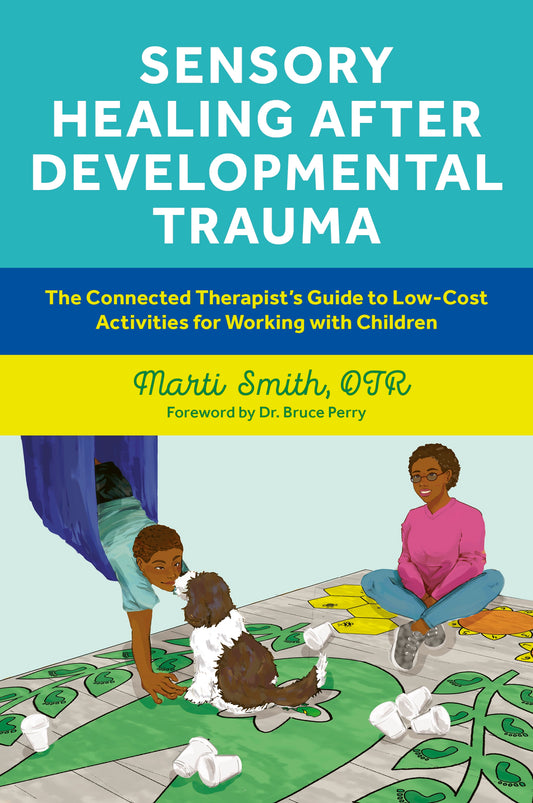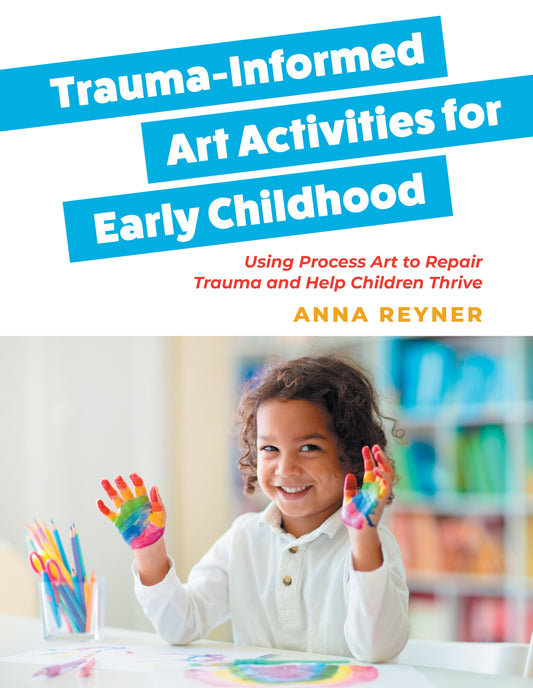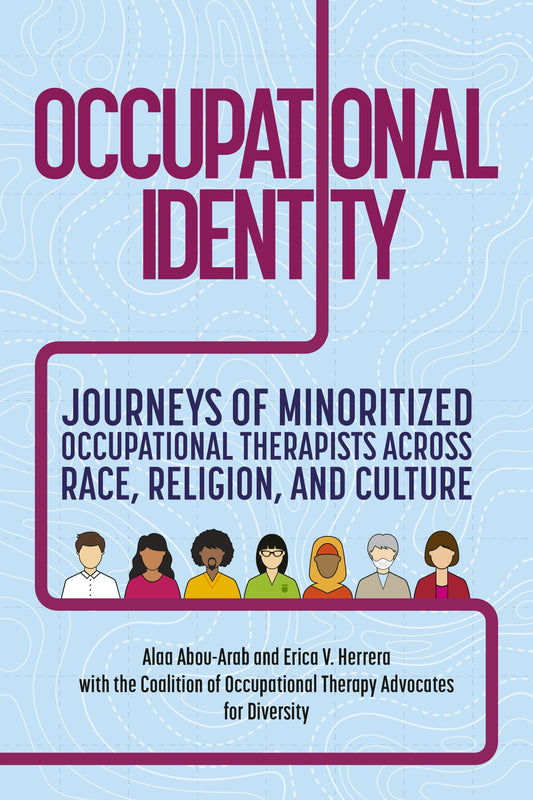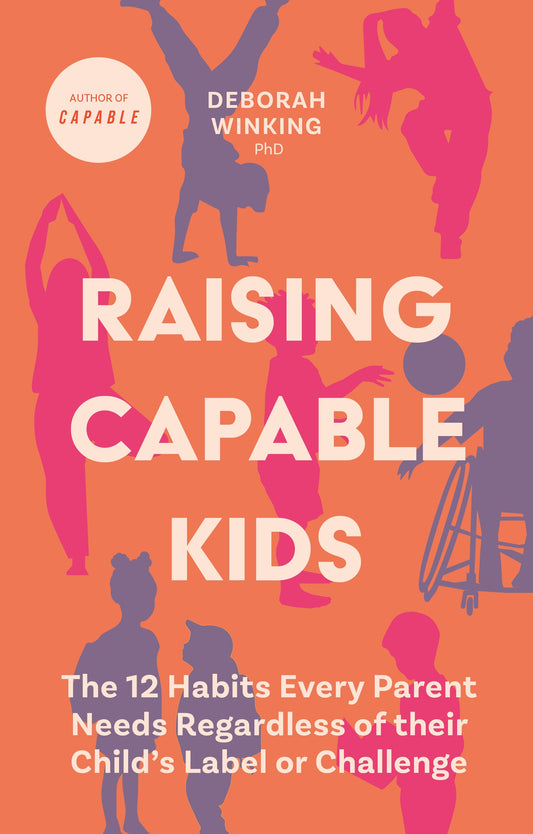-

Browse our subjects
From therapeutic guides for professional to trauma-informed resources for teachers, gender identity picture books, and more! -

JKP Kids
Jump into our Children's book zone, full of free resources, book suggestions and fun activities. For kids, teens and tiny tots! -

Keep in touch!
Sign up to out newsletter and receive subject specific content about our latest books, blogs, competitions, and more! -

The JKP Blog
Explore articles from our authors on autism, dyslexia, mental health, gender diversity, arts therapies & more. -

The JKP Library
Explore the JKP Library - a multisensory hub containing our eBooks, Audiobooks, webinars, training videos and free resources.
Coming Soon
-
Forging Queer Leaders
Regular price $21.95Regular priceUnit price per -
Occupational Identity
Regular price $24.95Regular priceUnit price per -
The Teen's Guide to PDA
Regular price $16.95Regular priceUnit price per -
Raising Capable Kids
Regular price $19.95Regular priceUnit price per

Book of the Moment
Covering the fundamental principles of art therapy informed activities, this easy-to-use resource delves into the importance and usefulness of art in early childhood development to heal trauma. Full of practical activities, techniques and downloadable lesson plans, this resource is ready for use in your educational and therapeutic environments.

















